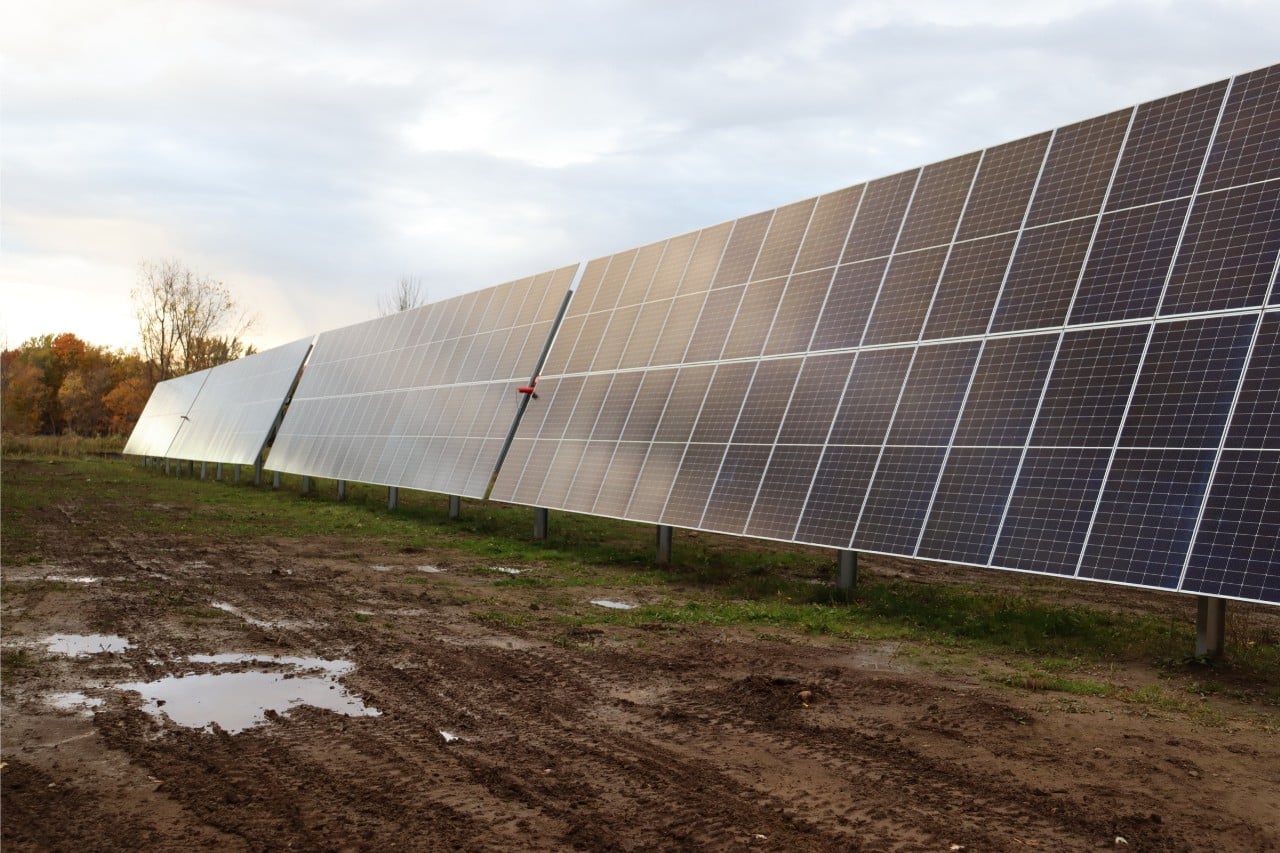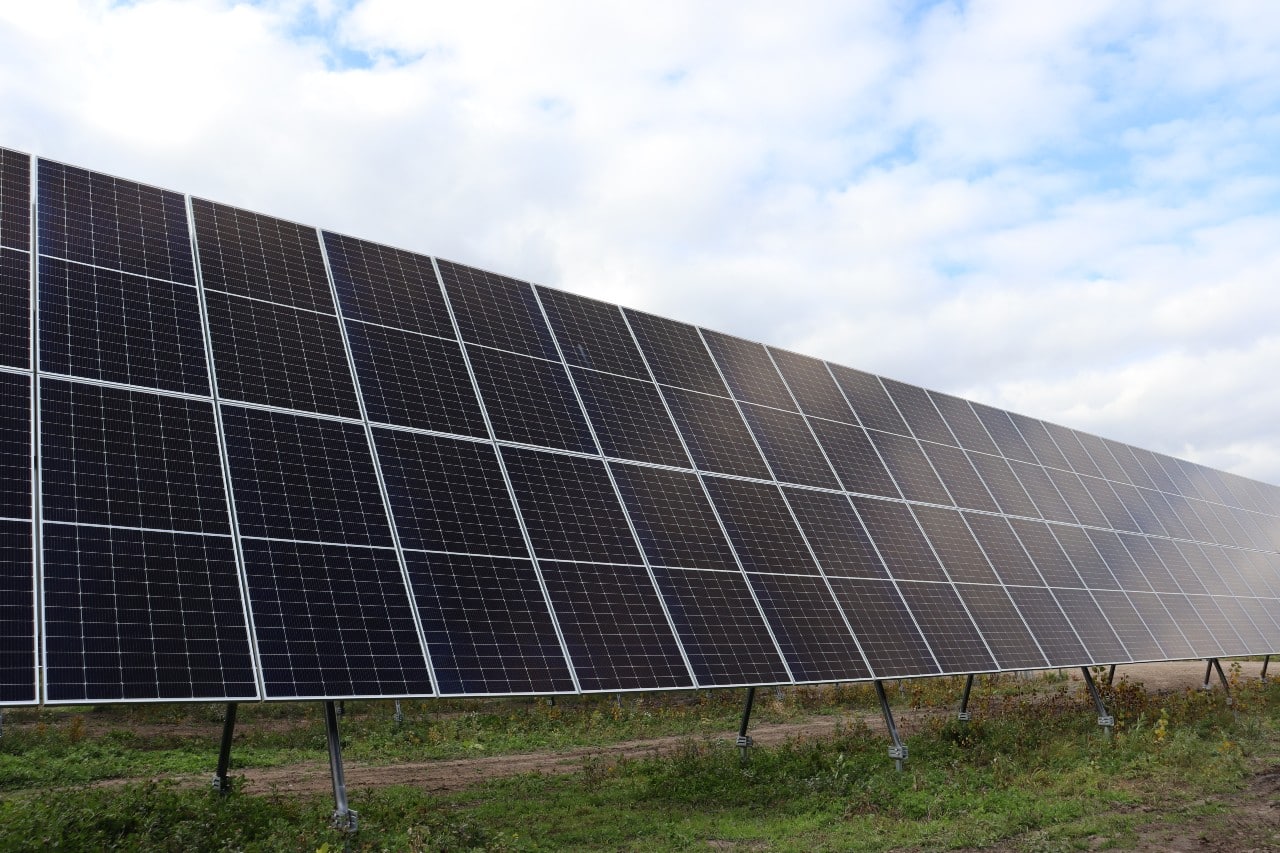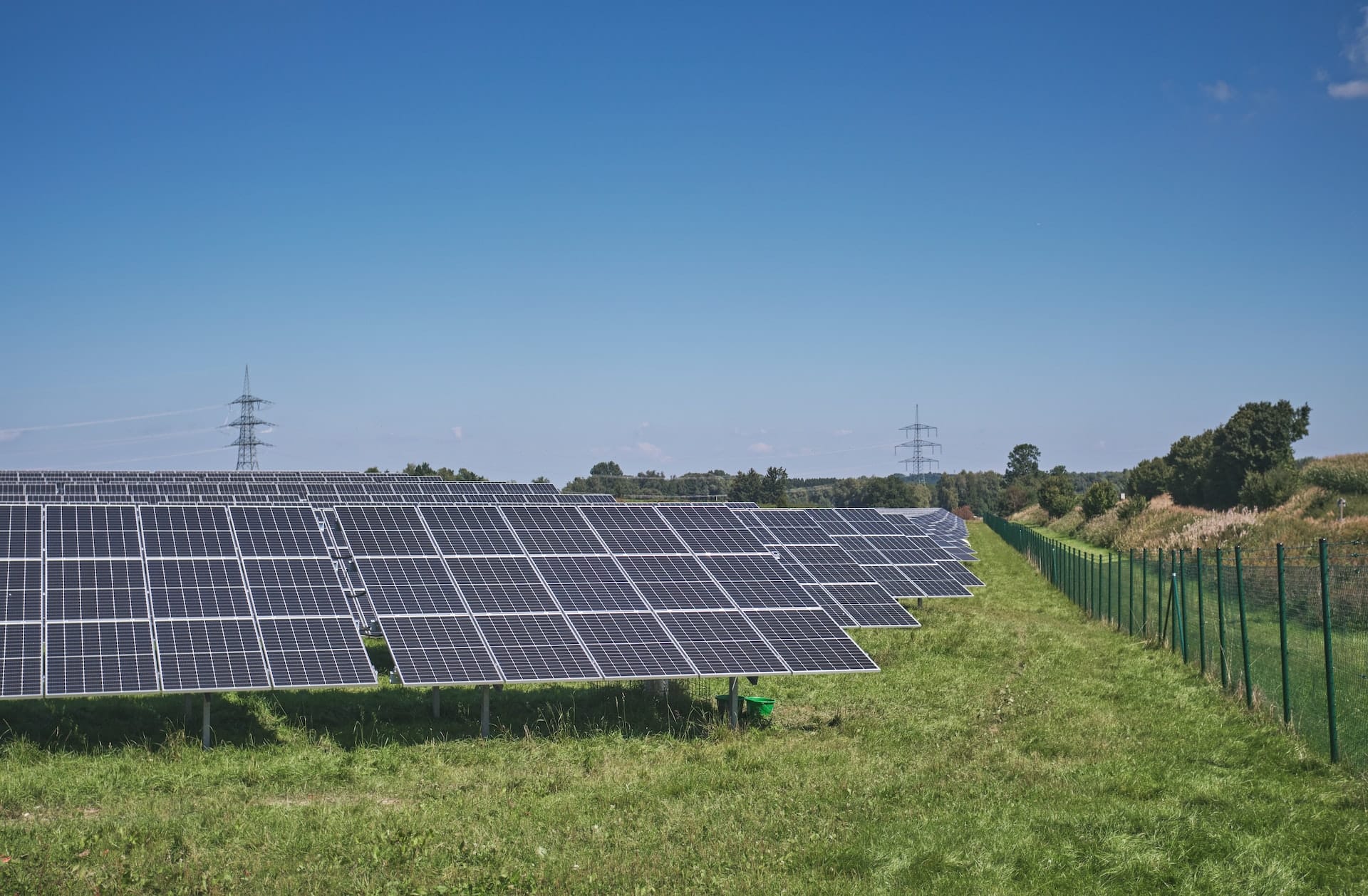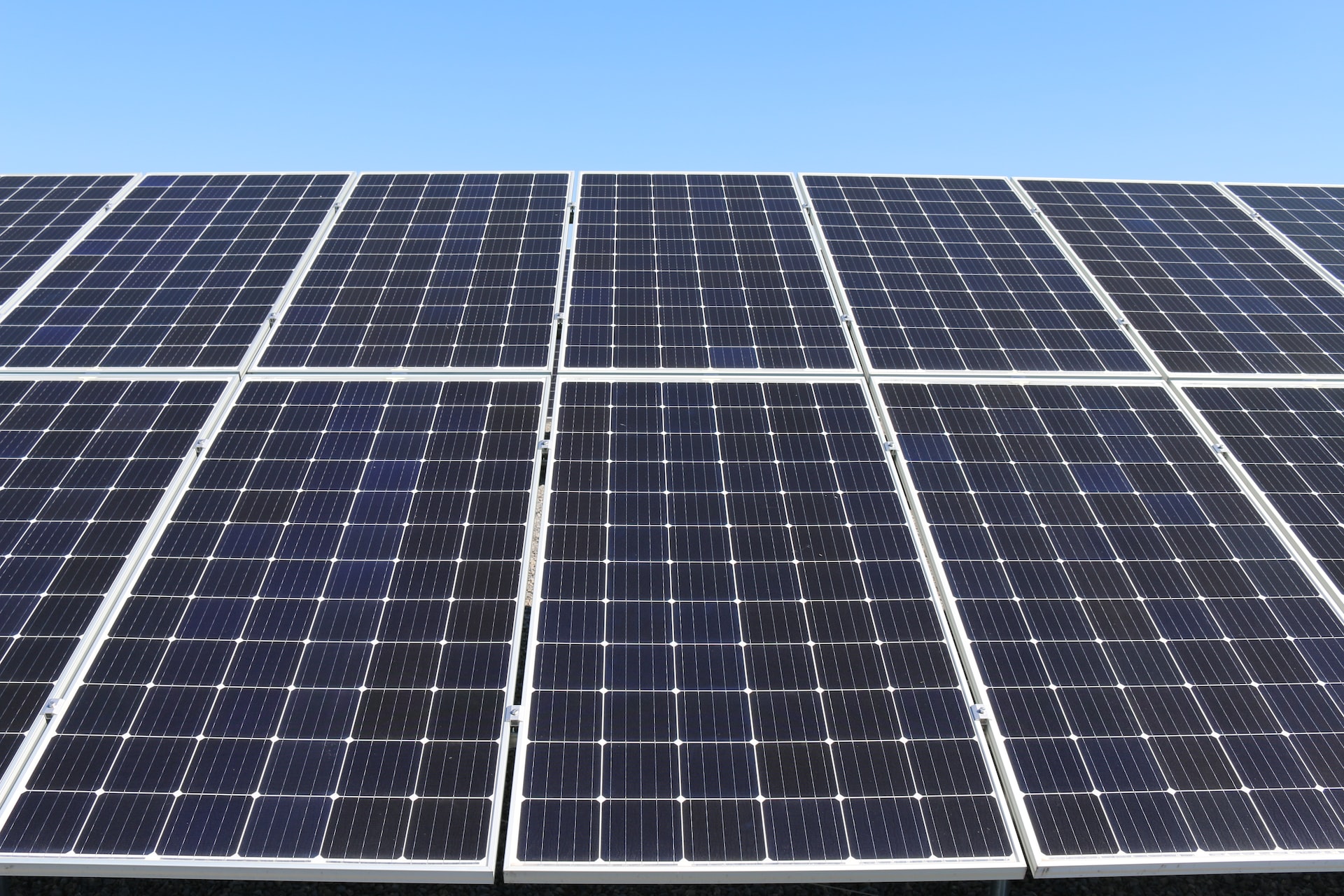You’ve probably seen renewable energy, including solar, receiving large-scale investments lately.
It’s no surprise the solar industry is growing, especially given the world’s push to curb climate change. The U.S. solar market currently totals $35 billion and generates about 5% of our country’s electricity – nearly 11 times more than a decade ago. The trend is expected to continue, thanks to recent actions from the Biden administration, including the recently passed Inflation Reduction Act (IRA).
The government’s actions are spurring excitement in the industry. Solar manufacturers are announcing large-scale production investments, including Qcells, Enel, Maxeon, and CubicPV. These projects are expected to increase domestic solar production more than five times, expanding from 7GW to more than 42GW.
Though the IRA encourages companies to invest in renewable energy, the changing geopolitical climate plays a vital role. In 2022, a 24-month tariff moratorium was announced for solar panels coming into the U.S. from four Asian countries, including Cambodia, Malaysia, Thailand and Vietnam. The stay allows U.S. companies to import low-cost solar panels from Asia while giving domestic manufacturers time to increase production.
The utility-scale solar growth has been nice, but there are still barriers to success, including:
- Reliance on imports
- Permitting and regulatory red tape
- Ongoing labor issues
- Public skepticism of solar power
Combatting these issues may supercharge the clean energy industry and allow for more utility-scale solar power domestically.
Fewer Imports, Better Results
China is a key player in the solar energy industry. Not only does it produce a large number of low-cost solar panels, but it’s also a leader in energy storage.
Although China’s solar panels are inexpensive, they come at a cost. There are questions about the country’s skirting of duties applied to them, and their low cost has made it difficult for domestic manufacturers to compete.
COVID also showed us that supply chains can be easily disrupted, making getting supplies quickly or reliably harder.
Recent developments like the IRA may reduce U.S. reliance on other countries. Contrary to what that sounds like, it doesn’t mean the U.S. is cutting China or any other country out. We’re simply narrowing the supply chain and bringing more production stateside.
Since the IRA became law, innovative companies have jumped in to support solar expansion, committing to producing everything from modules and inverters to batteries, copper foil, and photovoltaic (PV) wire. Even structural products like racking and trackers are showing signs of increased production as manufacturers take advantage of the changing business climate.
Unfortunately, we can’t flip a switch and immediately start production. It can take months, even years, for production facilities to come online. However, the hope is that with enough lead time to get production moving, the U.S. can become competitive in the solar space.
Streamlining the Permitting Process
Let’s be honest; the government is a lot of things, but fast isn’t usually one of them. Despite the Biden administration helping installers get low-cost panels and freeing up billions of dollars to promote renewables, there’s more to do.
The permitting process is different depending on where the installers are. Even the Environmental Protection Agency (EPA) has called the permitting process a “patchwork” of regulations varying from state to state.
To make the process smoother, the EPA introduced a toolkit to help developers, utilities, and communities navigate regulations, secure financing, and troubleshoot issues. But organizations like the SEIA are calling for more permit reform. In their eyes, reducing red tape adds jet fuel to a burgeoning industry, opening the door for more jobs, revenue, and opportunity.
Although there have been attempts to streamline the building process for companies to set up distributed energy systems, none have succeeded. For example, the bipartisan American Energy Opportunity Act of 2019 bill called on the Department of Energy (DOE) to designate a board to help qualify communities with solar systems and certify installers in the space. It died without a vote or any other action.
Establishing Better Career Promotion and Labor Relations
As with any growing industry, thousands of skilled and unskilled jobs are available. The problem is finding enough people to meet increasing needs.
Unskilled labor is in high demand, but so is the need for electrical, process, and chemical engineers, scientists, architects, physicists, planners, and more. The jobs are certainly available, more so with the increased focus.
More than 250,000 people work in the solar industry, with job growth in 47 of 50 U.S. states. Among them, California, Texas, New York, and Florida are at the forefront of hiring and employment. Even states traditionally tied to fossil fuels are beginning to lean into solar.
The labor shortage doesn’t have to cripple solar. If private companies, utilities, colleges, and governments collaborate, it simplifies recruiting efforts and builds industry interest early on. Training programs, apprenticeships, and veterans programs are only a few ways to introduce new workers to renewable energy occupations.
Creating Positive Perceptions
For some people, solar is the future of electrical energy and a way to rely less on fossil fuels. Others see PV panels as another way to muck up a hillside view.
Solar has plenty going for it, but it also has its fair share of detractors. Often helmed by rural mobilization efforts, arguments range from deforestation fears and aesthetic issues for homeowners to agricultural concerns. The truth is that solar installations aren’t nearly the nuisance people think they are.
Think about the last time you looked at a swamp and thought, “Wow, what a great place to build!” Solar sites aren’t typically found where other development is attractive or possible.
Swamps, steep hillsides, and farmland are great locations for utility-scale solar installations because they don’t interfere much with our daily lives. For example, one Sun-Pull solar installation is tucked in behind a correctional facility. Another is in what used to be an unused swamp area off a busy road.
In the case of farmland, agrivoltaics is literally changing the solar landscape. Recent studies have shown that combining solar panels with grazing areas or cropland can benefit both the land and the panels. Unlike other solar installations, which only serve one application, agrivoltaics let property owners use the land while leasing it out.
What’s important to remember is that education breeds awareness, especially in communities where solar is a practical solution. Better access to tools and information can alleviate concerns and encourage residents to learn more about community and utility-scale solar.
Solar Goes Mainstream
This is an exciting time to be in the solar industry, but there’s still more to do.
The industry needs continued investment from private and public sources. An influx of money will spur production, job growth, and energy reliability as the world turns more toward renewables.
Solar manufacturing and installation jobs pay well, have job security, and can help revolutionize the electrical utility industry. More workers also push innovation, better designs, and increased interest in revamping the electrical grid.
Solar power is the future of energy. As installed capacities increase and technology improves, getting much of our energy from the sun, wind, and water will become commonplace. But it’s not all about getting away from fossil fuels; this is a move toward unlimited sustainable, clean energy.
The renewable revolution is here. With a sustained effort, the U.S. is more than capable of reaching its lofty energy production goals.









